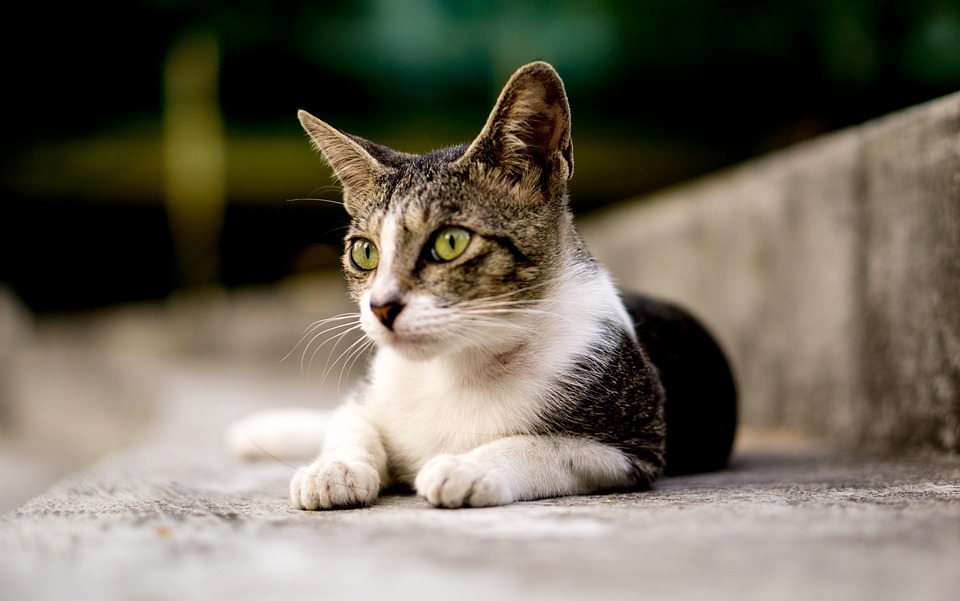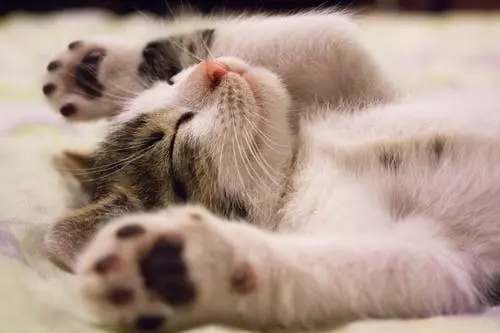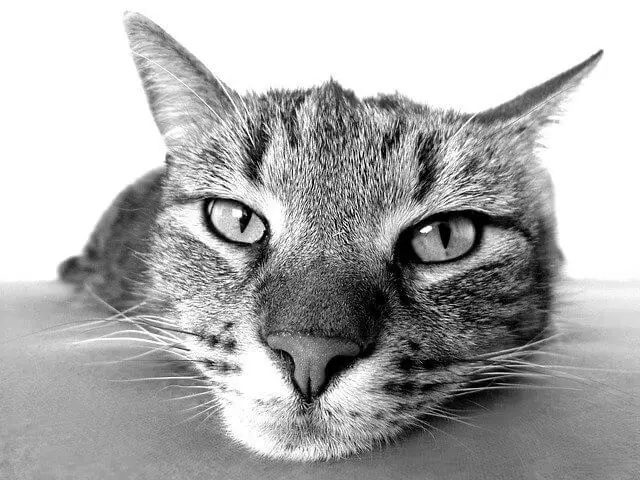Cats, known for their impeccable grooming habits, can still fall victim to various skin infections. These infections can cause discomfort, itchiness, and even lead to more severe health issues if left untreated. As a responsible cat owner, it is crucial to recognize the signs of common skin infections and take appropriate steps to address them. In this article, we will explore the most prevalent skin infections in cats, their causes, symptoms, and effective treatment options.
Feline Skin Infections: Types, Causes, and Symptoms
1. Ringworm Infections
Ringworm infections are caused by fungal infections such as Microsporum or Trichophyton. The symptoms include circular patches of hair loss, scaly skin, itchiness, and redness.
2. Flea Allergy Dermatitis
Flea allergy dermatitis is caused by a hypersensitivity to flea saliva. Cats with this condition will exhibit excessive scratching, hair loss, inflamed skin, red bumps, and scabs.
3. Bacterial Infections
Bacterial infections in cats can be caused by bacteria like Staphylococcus or Pasteurella. Symptoms include pustules, skin redness, crusting, swelling, and discomfort.
4. Hot Spots
Hot spots are self-inflicted injuries caused by excessive licking or scratching. The symptoms include moist, red, and painful sores on the skin.
5. Ear Mites
Ear mites, caused by parasitic mites called Otodectes, can cause itching, head shaking, ear discharge, and dark crusts in the ears.
Addressing and Treating Skin Infections in Cats
1. Consulting a Veterinarian
It is important to consult a veterinarian for a professional diagnosis and guidance. Before the vet visit, document the symptoms and any recent changes in your cat’s diet or environment.
2. Medication and Topical Treatments
Antibiotics, antifungals, or antiparasitic medications may be prescribed by the vet. It is important to follow the proper administration techniques and dosage instructions. Topical creams, ointments, or shampoos may also be effective in treating skin infections.
3. Environmental Cleanliness and Prevention
Regular cleaning and disinfection of bedding, toys, and living areas can help prevent the spread of infections. Using flea and tick prevention methods, such as collars or spot-on treatments, can also reduce the risk of skin infections. Maintaining a clean and stress-free environment for your cat is essential for their overall health.
4. Supplementary Care and Home Remedies
Supportive measures, such as using gentle, cat-friendly shampoos or rinses, can aid in healing and alleviate discomfort. Incorporating dietary supplements to boost the immune system can also help prevent future skin infections.
FAQs: Frequently Asked Questions about Cat Skin Infections
Q1. Can cats transmit ringworm infections to humans?
Yes, cats can transmit ringworm infections to humans through direct contact. It is essential to take precautions and seek medical advice if you suspect infection.
Q2. Can I use over-the-counter ointments for my cat’s skin infection?
It is not recommended to use over-the-counter medications without veterinary guidance. Some products could worsen the condition or be toxic to cats.
Q3. How long does it take for a skin infection to heal in cats?
The healing time varies depending on the type and severity of the infection. With proper treatment, most skin infections can show improvement within a few weeks.
Q4. Should I isolate my cat if it has a skin infection?
Isolating your cat may be necessary in certain cases, especially if the infection is highly contagious or if multiple pets are present. Consult your vet for appropriate guidance.
Q5. How can I prevent future skin infections in my cat?
Regular veterinary check-ups, proper hygiene, flea and tick prevention, and maintaining a healthy diet can significantly reduce the risk of skin infections in cats.
Conclusion: Nurturing Healthy Skin in Cats
By familiarizing yourself with the various types of skin infections, their causes, symptoms, and appropriate treatment plans, you can better care for your feline companion. Remember, early detection and timely veterinary intervention are vital for addressing cat skin infections effectively. With a proactive approach and proper care, you can help your cat maintain healthy, itch-free skin, ensuring their overall well-being and happiness.








